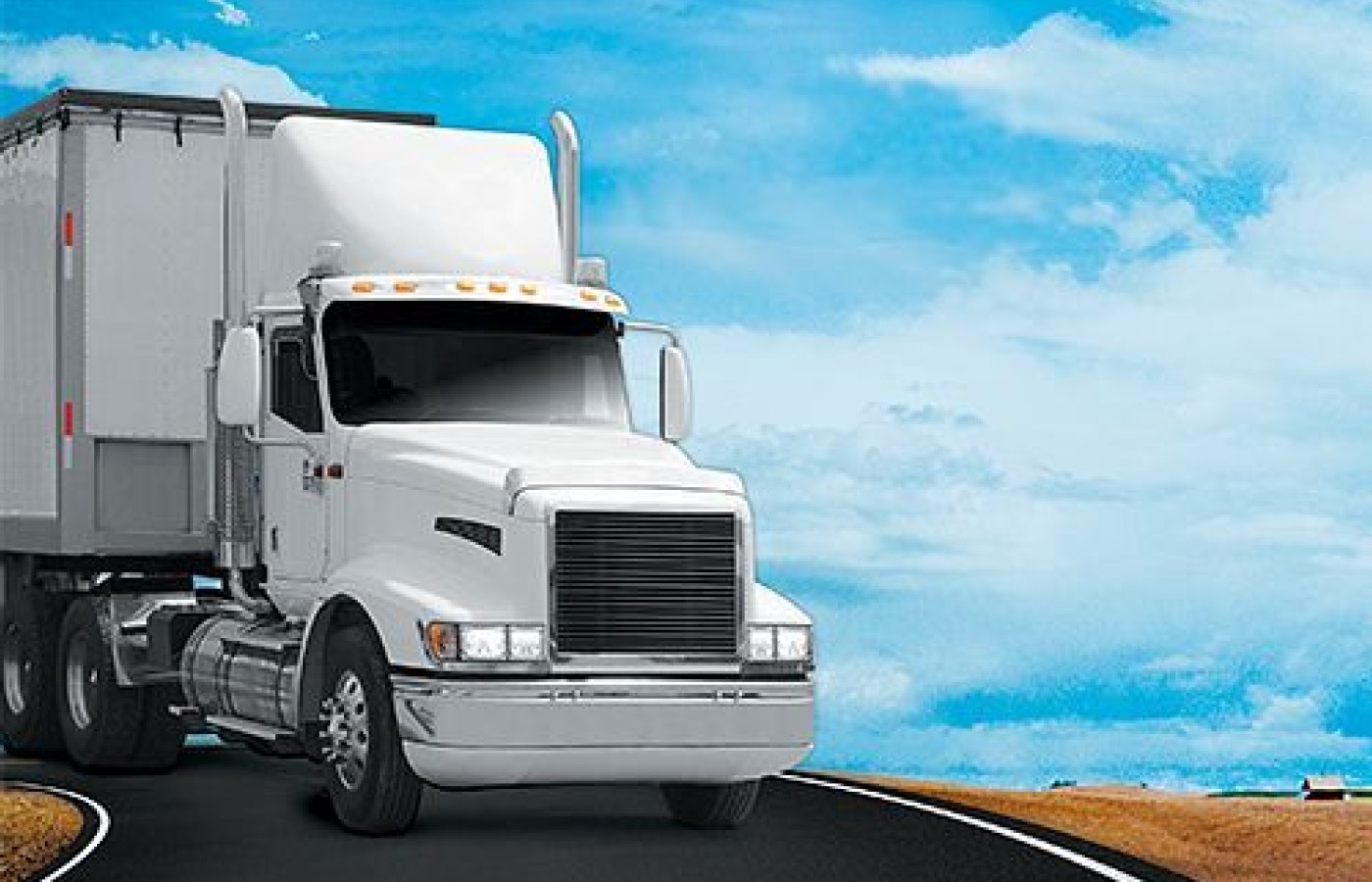Some doctors thrive in a personality-based clinic and have a loyal following no matter what services or equipment they offer, but for most chiropractic offices who are trying to grow and expand, new equipment purchases help us stay relevant and continue to service our client base in the best, most up-to-date manner possible. So, regarding equipment purchasing: should you lease, get a bank loan, or pay cash?
Transport Your Practice to a New Level
As many of you are aware, the new Federal Motor Carrier Safety Administration (FMCSA) law, effective May 21, 2014, will require all U. S. Department of Transportation (DOT) examiners to complete specialized training from a certified training provider and pass a written exam before gaining a spot on the National Registry of Certified Medical Examiners (NRCME). Even if you have never performed a DOT physical or feel a little intimidated by the idea, now is the ideal time for our profession to get involved in this federally mandated program.
The primary mission of the NRCME is to "improve highway safety by producing trained, certified medical examiners who can effectively determine if a Commercial Motor Vehicle Driver's health meets Federal Motor Carrier Safety Administration standards." The NRCME program was developed to increase the quality of DOT physicals and eliminate the instances of drivers falling through the cracks by being allowed to drive when they are physically unqualified.
The FMCSA realized a number of examiners were simply ill-informed or did not understand the regulations, rules, and most importantly, the physical limitations drivers would present with on examination. Having certified DOT examiners not only ensures the quality of the exams themselves, but also clearly recognizes that practitioners perform a vital public service; while at the same time preserving or expanding their patient base and gaining new revenue opportunities.

FMCSA is strongly encouraging all examiners currently performing these physicals to continue doing so, and for others to begin doing them. Whether established or newly qualified, you need to be trained, tested and registered within the next nine months. You must complete training from an FMCSA-certified provider before sitting for the qualifying exam.
Be aware that the exam is rigorous, which is why the training is mandated and essential in the DOT preparation. However, passing the exam assures you of a 10-year FMCSA certification.
Although Virginia and Michigan remain the only states presently prohibiting chiropractors from performing these physicals (as of publication time, both states were attempting to override this position), note that the training will have to be PACE certified, if your state allows, or ACCME [Accreditation Council for Continuing Medical Education] certified. These are the only two national certifying organizations that serve our profession and will be recognized by FMCSA. Also note that some states may not allow professional credits to be obtained through participation in an online NRCME training program, although they still recognize and support the training as valid preparation for the certification exam.
Timing for certification is also critical. There is a clear advantage to becoming certified now. It will create immediate visibility and credibility as a DOT-certified provider with your present patient base and establish another marketing avenue to begin carving a niche within the broader driver community.
Upon successful completion of the certifying test, the examiner will immediately be listed on the FMCSA website as a certified NRCME examiner. The registry will provide a solid database of trained FMCSA examiners, and you can be one of them. FMCSA is estimating it will need up to 40,000 examiners to meet the needs of the 3-5 million projected drivers who will require these mandatory physicals.
This is an unprecedented revenue opportunity for chiropractors and other health care professionals. Every commercial motor-vehicle driver must be medically recertified every two years in order to drive. The financial potential of performing these exams is significant. By positioning your practice as a certified NRCME examiner, available locally, trucking companies and drivers will start using your services instead of waiting for their current examiners to become certified.
Remember, for a variety of reasons, not every doctor will go through the process of certifying and testing. The earlier you become certified, the more business you will command.
The average FMCSA exam in the United States is billed at approximately $60-$70. In addition, an attractive option in DOT work is that it is cash-based, either paid by the driver or by the company. No insurance. Your documentation is the exam.
It is also important to note that there are three requirements for all DOT drivers to be certified to drive: (1) a physical examination required at maximum every two years, with some conditions requiring less than two years recertification; (2) participation in a mandatory drug testing program, a component of which will be random; and (3) participation in a breath alcohol program, a component of which will be random.
Once you are an established examiner,, mandated FMCSA tests for drug and alcohol can also be performed by your staff. You can be the preferred practitioner for DOT-regulated companies, securing an ongoing revenue stream.
As I indicated, this is an exceptional opportunity for our profession to establish visibility and expertise in an area that has, up to now, been underserved by chiropractors. Extending our patient base and increasing revenue are additional pluses. The message is clear: Get trained, get proficient and incorporate these mandatory exams into your practice.



